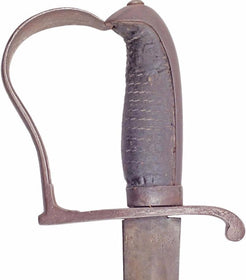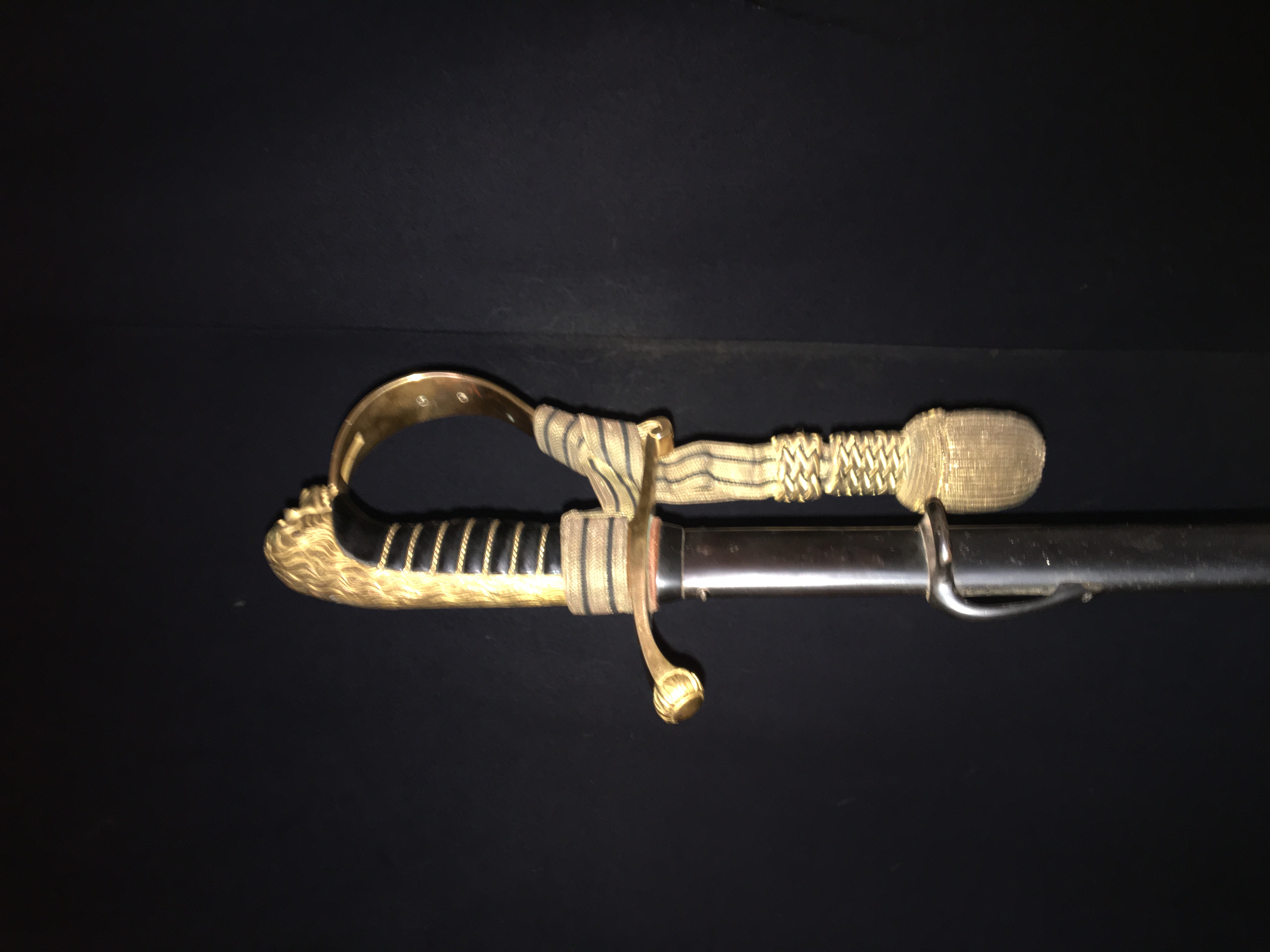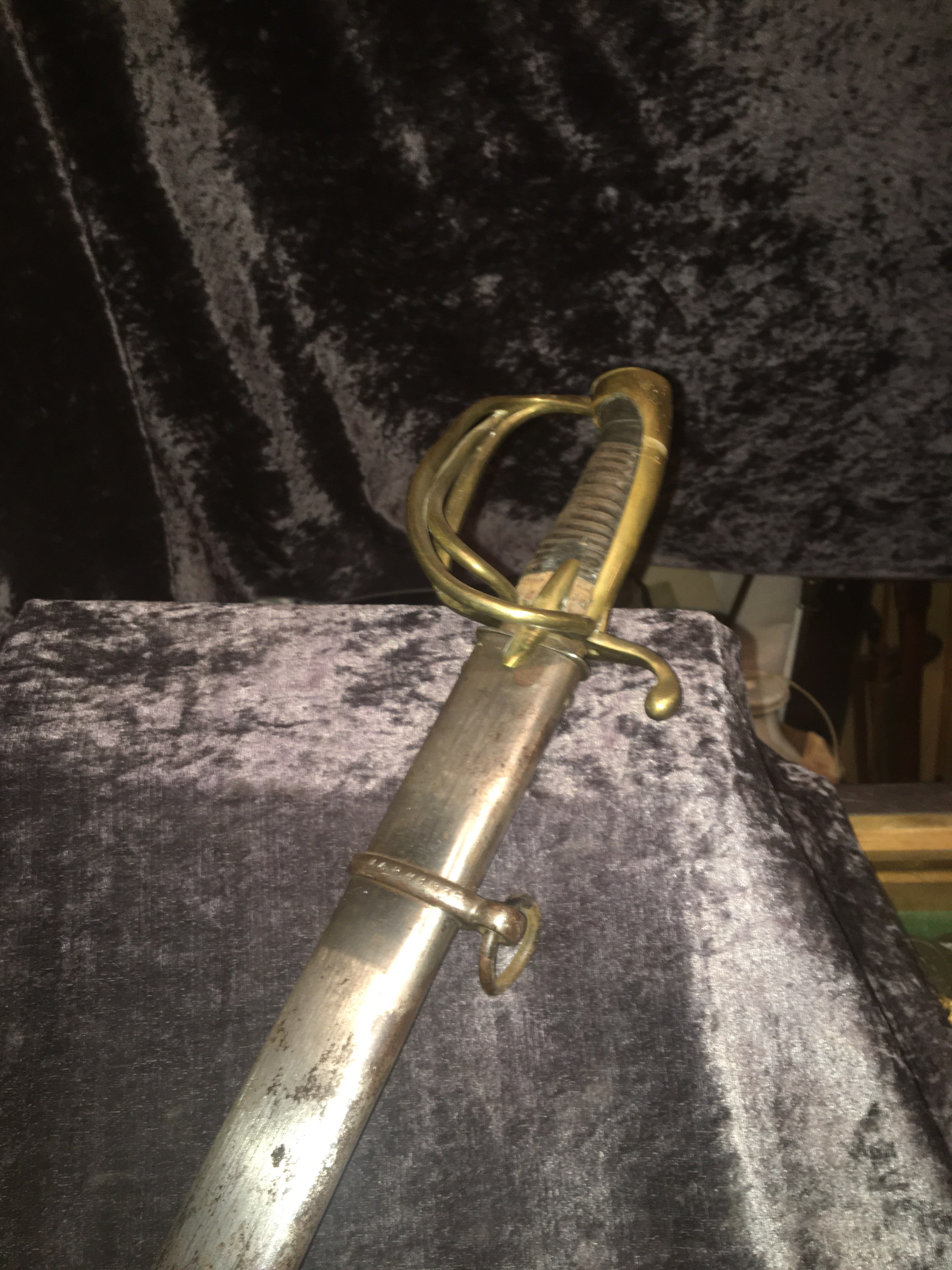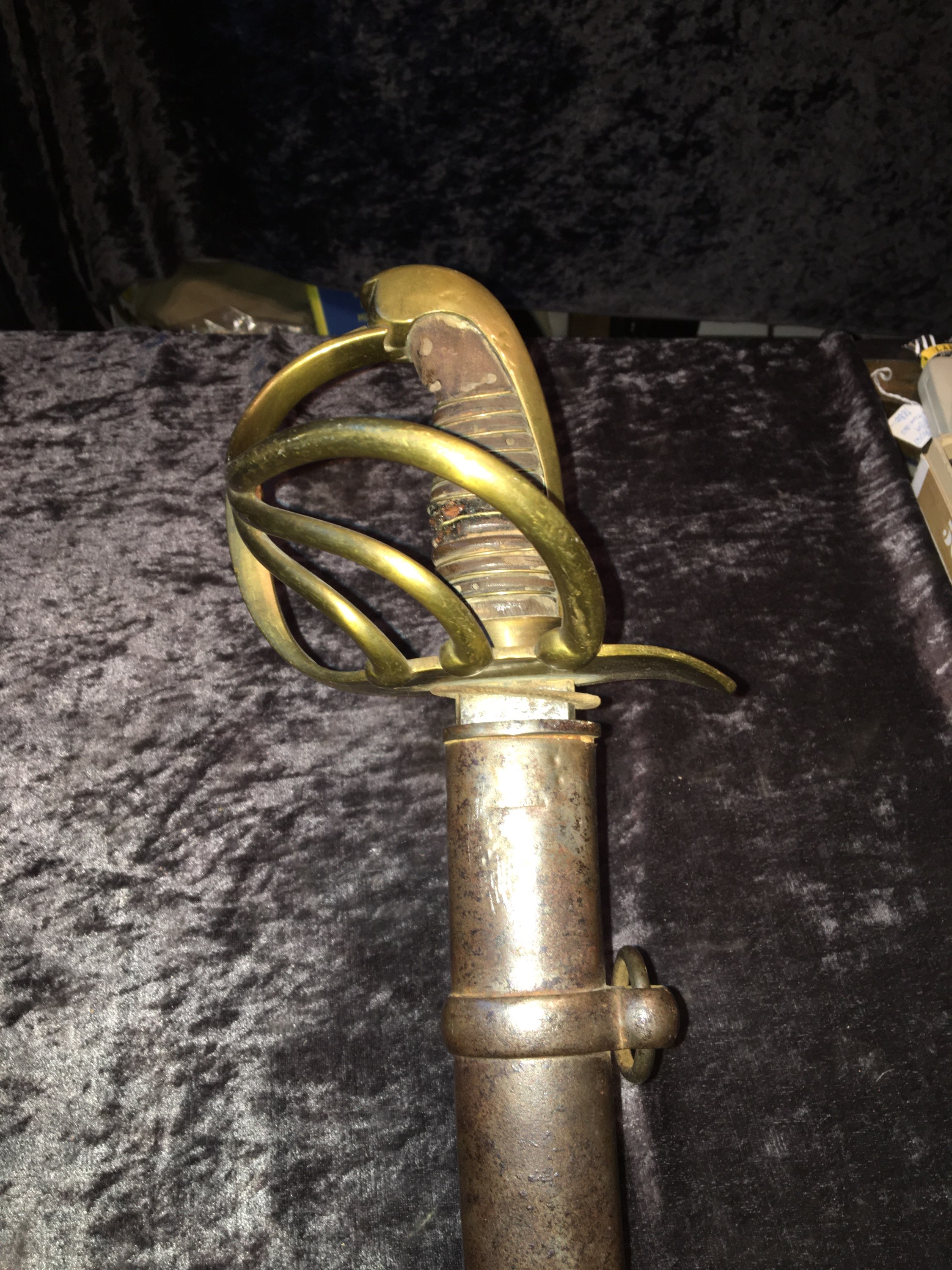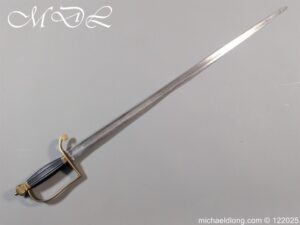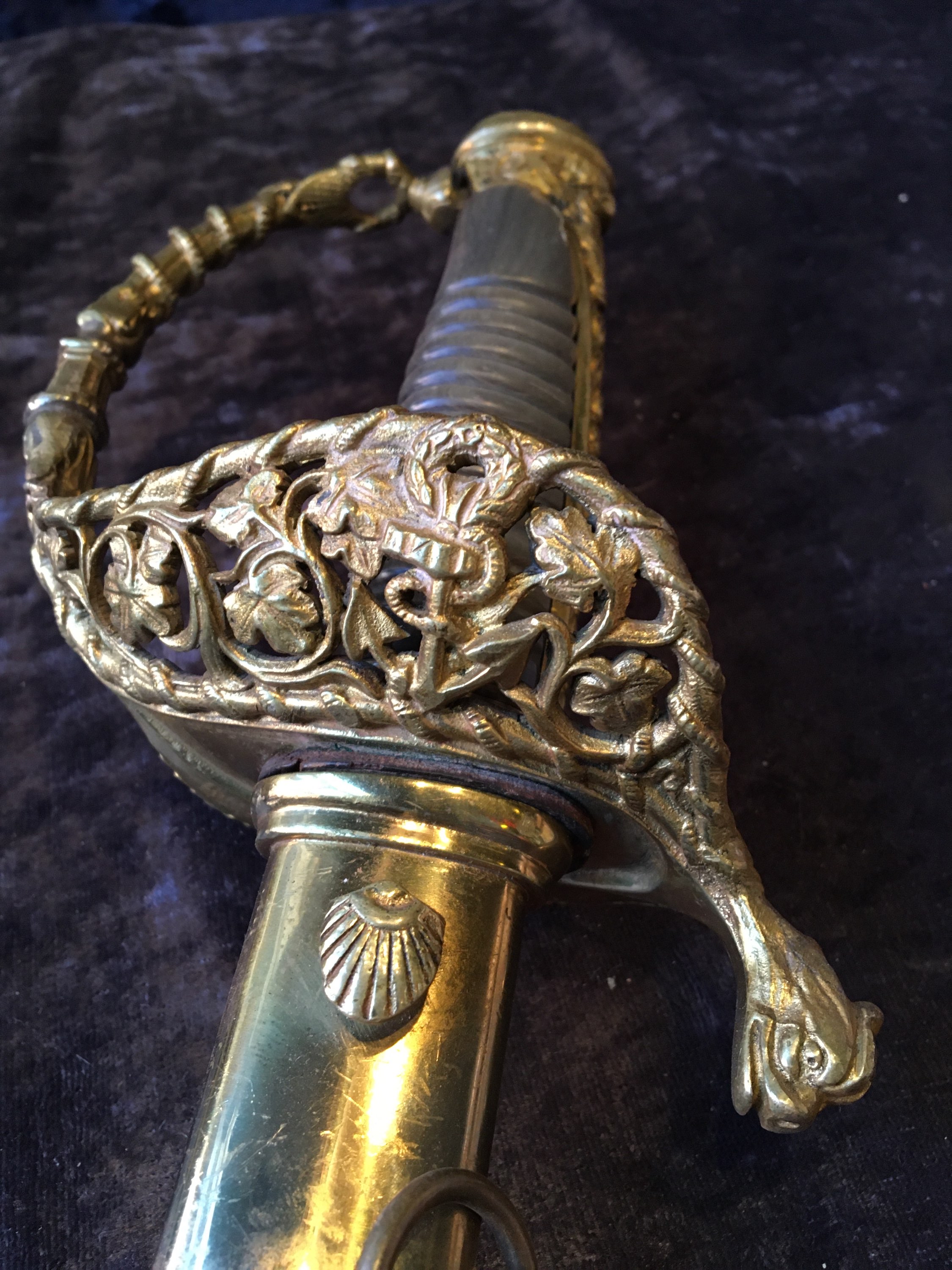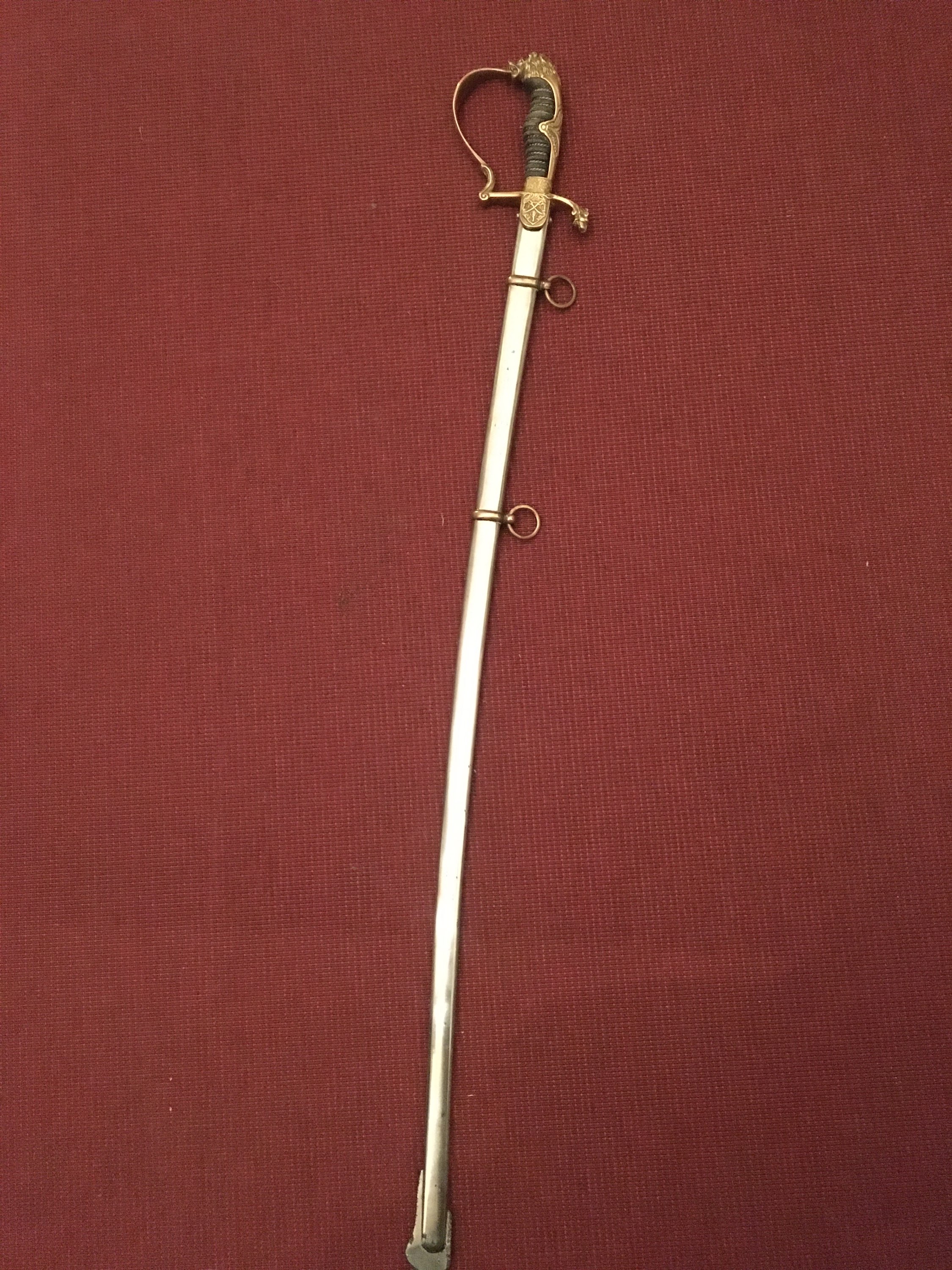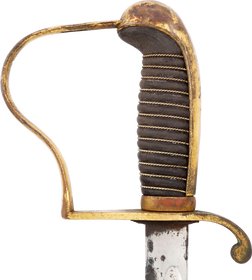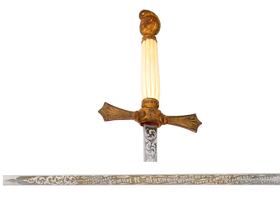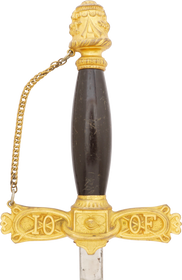For Sale
The following items are listed by for sale by users of the site and dealers. They are in no way endorsed or guaranteed by www.oldswords.com
Add a Classified ItemYou can also receive regular email notifcations when items match your keywords. To recieve them just register or logon at the top right of this page.
- Nation : American
- Local Price : 675.00 USD
- Nation : -
- Local Price : 675.00 USD
- Nation : Swiss
- Local Price : £485.00
- Nation : Danish
- Local Price : £485.00
- Nation : Swedish
- Local Price : £485.00
- Nation : American
- Local Price : 665.00 USD
- Nation : Russian
- Local Price : £475.00
- Nation : Japanese
- Local Price : £475.00
- Nation : Russian
- Local Price : £475.00
- Nation : French
- Local Price : £475.00
- Nation : German
- Local Price : £475.00
- Nation : Chinese
- Local Price : £475.00
- Nation : French
- Local Price : £475.00
- Nation : British
- Local Price : £475.00
- Nation : British
- Local Price : £475.00
- Nation : British
- Local Price : £475.00
- Nation : Austrian
- Local Price : 650.00 USD
- Nation : British
- Local Price : £465.00
- Nation : Portuguese
- Local Price : £465
- Nation : British
- Local Price : £460.00
- Nation : German
- Local Price : 625.00 USD
- Nation : -
- Local Price : 625.00 USD
- Nation : American
- Local Price : 625.00 USD


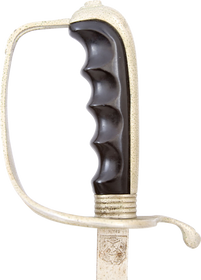
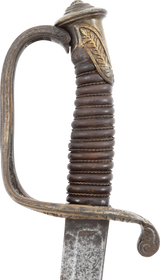
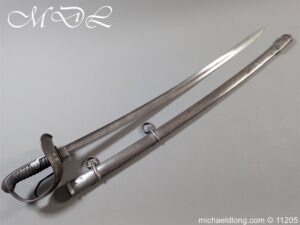
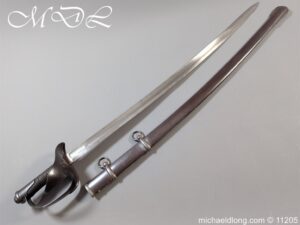
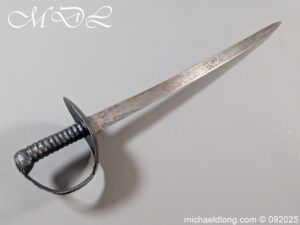


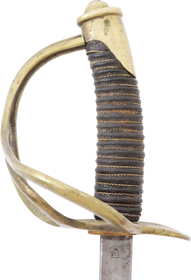


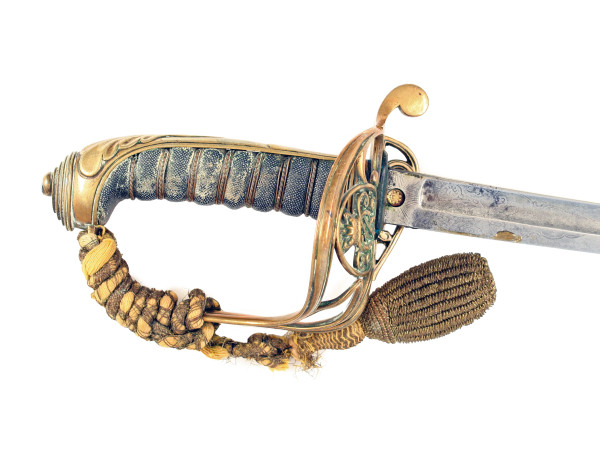
.jpg)


.jpg)



